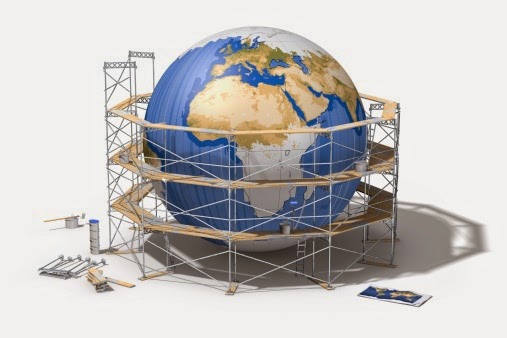🌍 World Building Basics
World-building is the foundation of immersive storytelling — whether you're writing a novel, developing a game, or crafting a cinematic universe. A strong world feels alive, with its own rules, history, conflicts, and cultures.
🧱 What Makes a World Feel Real?
- Internal Consistency – The world must obey its own rules, even if it's fantasy.
- Cultural Depth – Diverse societies, beliefs, values, and conflicts.
- Geographic Logic – Terrain affects travel, economy, culture, and war.
- History & Legacy – Past events influence the present.
- Languages & Symbols – Naming conventions, idioms, writing systems.
- Magic / Tech Systems – If it exists, define how it works and what its limits are.
"Your world doesn't need to be perfect — it needs to feel lived in."
🗺️ Types of Worlds You Can Build
- Alternate Earth – Like ours, but with key differences.
- Fantasy Realms – Magic, creatures, kingdoms, ancient legends.
- Sci-Fi Civilizations – Interstellar empires, AI societies, terraforming.
- Post-Apocalyptic / Dystopian – Worlds after collapse or under control.
- Multiverse / Dimensional – Realities layered or connected.
🪄 World-Building Pillars
- Lore – Mythology, religions, origin stories.
- People – Races, ethnicities, classes, alliances.
- Systems – Politics, economy, magic, education.
- Conflict – Internal rebellion, war, power imbalance.
- Aesthetics – Architecture, fashion, symbols.
🛠️ Tips for Starting Your World
- Start small — build a town, a family, or a religion.
- Ask "why?" often — why does this kingdom exist? why is this mountain sacred?
- Let characters shape the world and vice versa.
- Keep a World Bible — a living document with maps, timelines, names.
- Use contradictions — no real world is 100% coherent.
"The best worlds challenge both your characters and your readers."
World-building is not about perfection. It's about crafting a place where your imagination can breathe.
Your world might not exist yet — but after you write it, others will wish it did.
